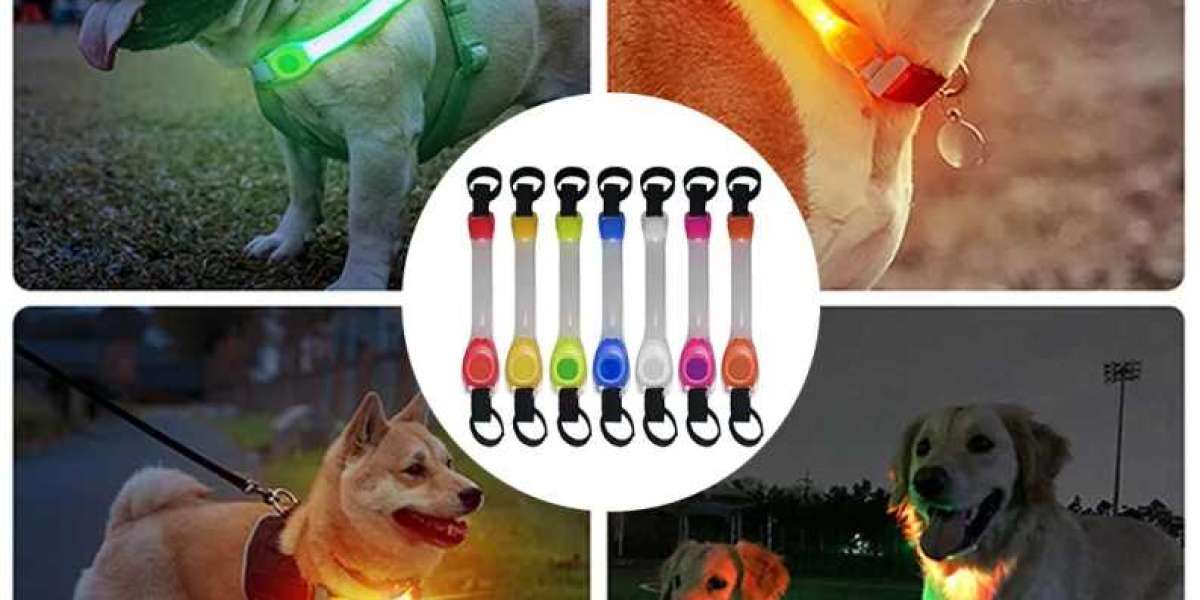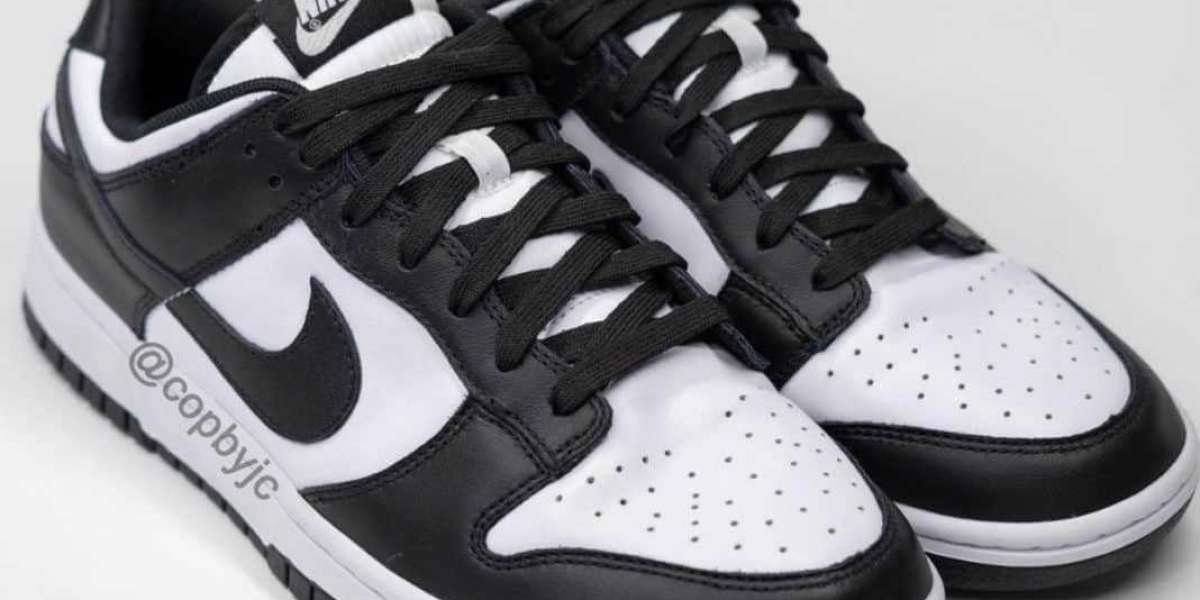How to Use a Nail Trimmer for Dogs Effectively
If you're looking to give your furry friend a perfect dog wash, you can't forget about trimming their nails. Not only does keeping your pooch's nails short help prevent discomfort and injuries, but it also contributes to their overall paw health. However, it can be an intimidating task for many dog owners. But fear not, with the right technique and a little practice, you can master using a nail trimmer effectively.
Choosing the Right Nail Trimmer
First and foremost, it's important to choose the right nail trimmer for your dog. There are different types of nail trimmers available, including guillotine-style trimmers, scissors-style trimmers, and rotary grinders. Guillotine-style trimmers are ideal for small to medium-sized dogs, while scissors-style trimmers are ideal for larger dogs with thicker nails. Rotary grinders are perfect for dogs who are scared of the sound of traditional nail clippers. Make sure to choose a trimmer that is specifically designed for your dog's size and nail thickness.
Preparing Your Dog for Nail Trimming
Before you start trimming your dog's nails, it's crucial to get them comfortable with the process. Begin by handling your dog's paws regularly and gently touching their nails. This will help desensitize them to the sensation of having their nails trimmed.
Trimming Your Dog's Nails
When you're ready to nail trimmer for dogs, find a quiet and well-lit area to work in. Ensure that you have plenty of treats handy to reward your dog for good behavior. Start by gently holding your dog's paw and trimming a small amount of the nail at a time. Only trim the tip of the nail, avoiding the quick – the sensitive pink area that contains blood vessels and nerves. If you accidentally cut the quick, your dog may experience pain and bleeding. If you're unsure how much nail to trim, it's best to err on the side of caution and trim less rather than more.
Identifying the Quick
If your dog has white nails, you can easily see the quick as a pinkish area within the nail. However, if your dog has black nails, it can be more challenging to identify the quick. In this case, trim small amounts of the nail at a time and stop when you see a black dot in the center of the nail. This indicates that you are close to the quick.
Tips for a Stress-Free Nail Trimming Experience
Remember to stay calm and patient throughout the process. If your dog becomes anxious or fidgety, take a break and try again later. It's essential to make nail trimming a positive experience for your dog to ensure they are cooperative during future grooming sessions.
Rewarding Good Behavior
After trimming your dog's nails, make sure to reward them with plenty of praise and treats. This will reinforce positive behavior and help your dog associate nail trimming with a pleasant experience. Additionally, regularly trimming your dog's nails will prevent them from becoming overgrown and causing discomfort or difficulty walking.
Conclusion
With practice and patience, you can learn to use a nail trimmer effectively and ensure that your dog's nails are kept at a healthy length. Remember to choose the right trimmer for your dog's size and nail thickness, desensitize them to the process, trim small amounts of the nail at a time, and always reward them for good behavior. Happy trimming!








